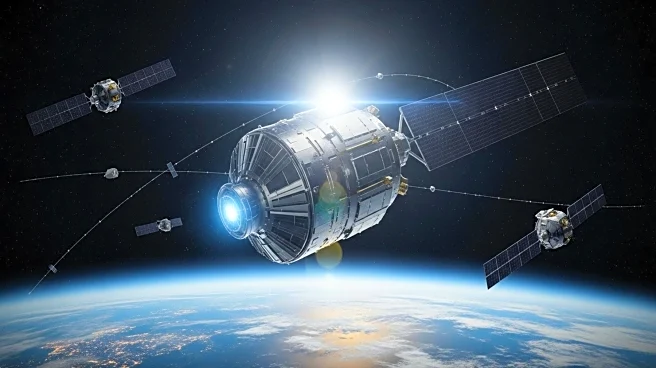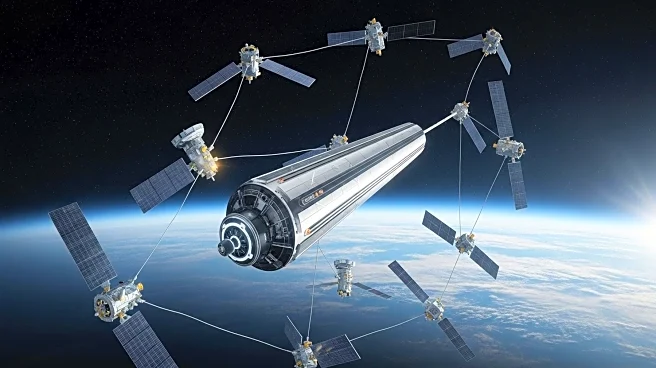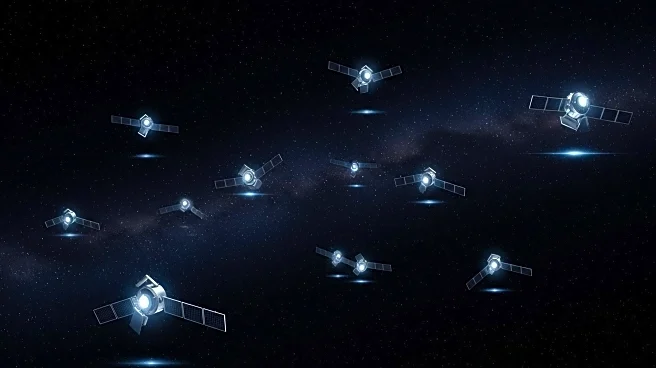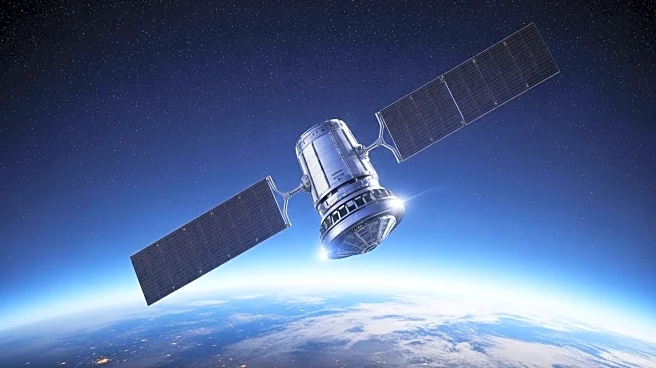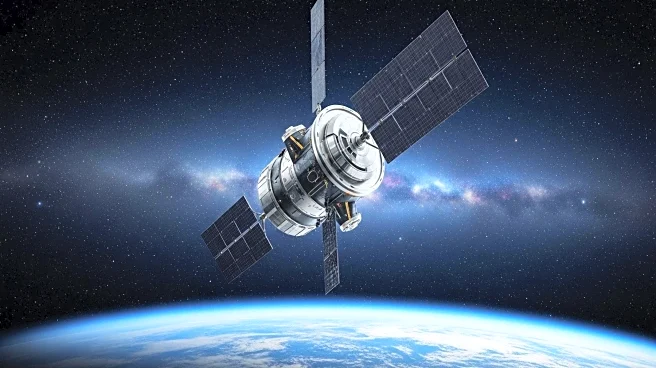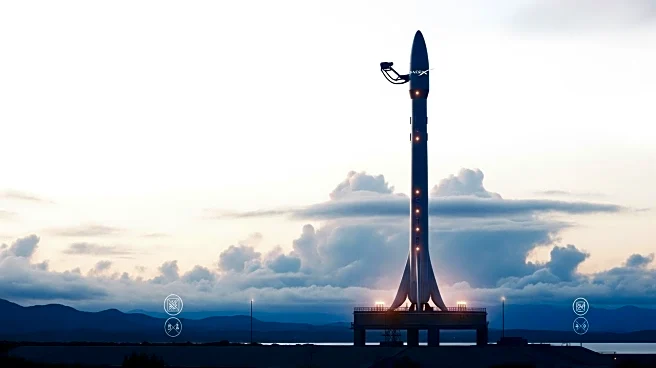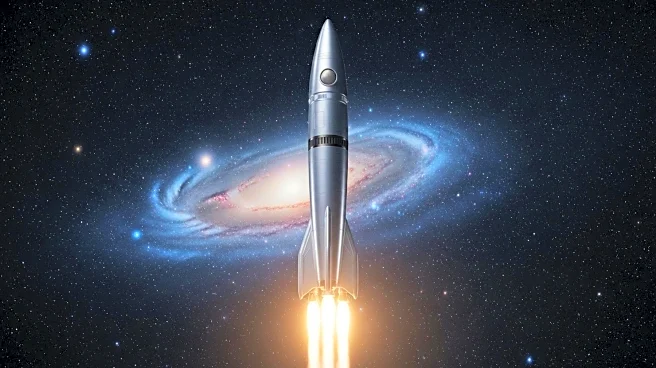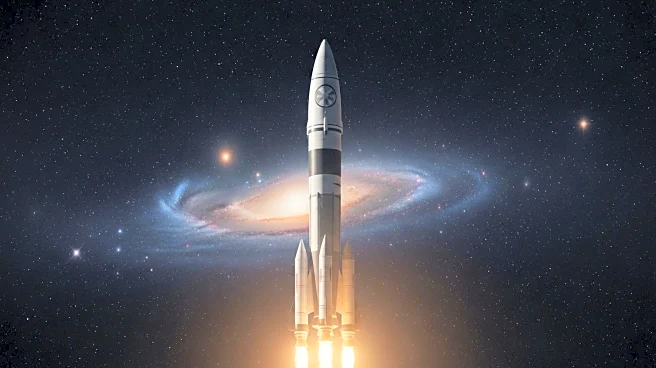What's Happening?
SpaceX successfully launched 28 Starlink internet satellites using a Falcon 9 rocket from Vandenberg Space Force Base on September 28, 2025. The launch created a visually striking 'jellyfish' effect in the sky, visible across the Western United States, as the rocket's exhaust plume was illuminated by the setting sun. This event marked the 28th flight of the Falcon 9's first stage and the 124th SpaceX launch of the year. The satellites were deployed into low Earth orbit, contributing to SpaceX's growing Starlink 'megaconstellation,' which aims to provide global broadband internet coverage.
Why It's Important?
The successful deployment of additional Starlink satellites enhances SpaceX's capacity to deliver broadband internet services worldwide, potentially reaching millions of new subscribers. This expansion is significant for remote and underserved areas lacking reliable internet access. Moreover, the U.S. military's use of Starlink for communication in conflict zones underscores the strategic importance of such satellite networks. The continued growth of SpaceX's satellite constellation also raises discussions about space traffic management and the long-term sustainability of low Earth orbit.
What's Next?
SpaceX plans to continue its aggressive launch schedule, with more Starlink missions and other commercial launches on the horizon. The company aims to further increase its satellite count, potentially surpassing 10,000 Starlink satellites in orbit by the end of October 2025. This expansion will likely intensify competition in the satellite internet market, with other companies like Amazon's Project Kuiper also preparing to launch their own constellations. Regulatory bodies and international space agencies may need to address the challenges of orbital congestion and space debris as these 'megaconstellations' grow.
Beyond the Headlines
The rapid deployment of satellite constellations like Starlink raises ethical and environmental concerns. The potential for increased space debris and the impact on astronomical observations are significant issues that the global space community must address. Additionally, the dual-use nature of these satellites for both civilian and military purposes highlights the need for clear policies and international cooperation to ensure the peaceful use of space.

